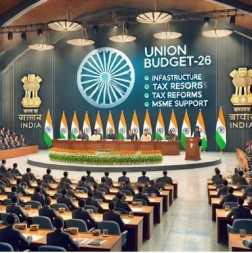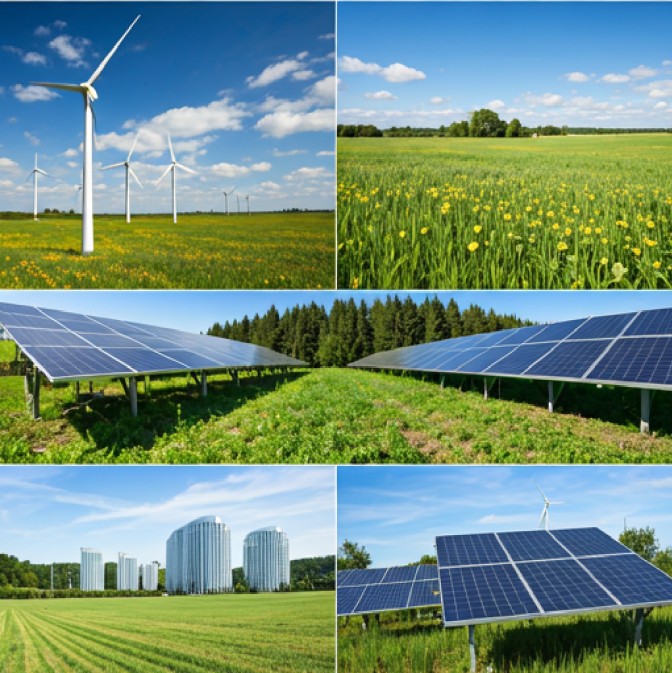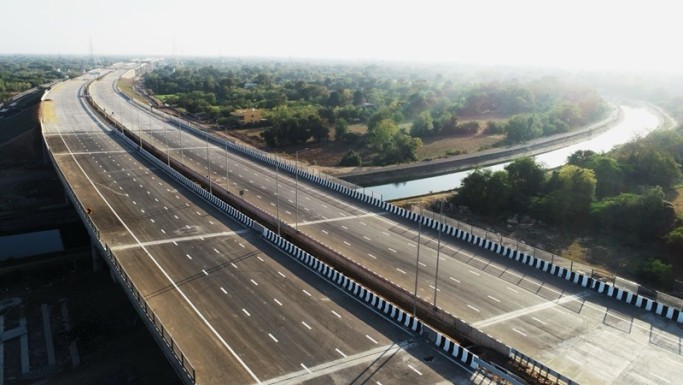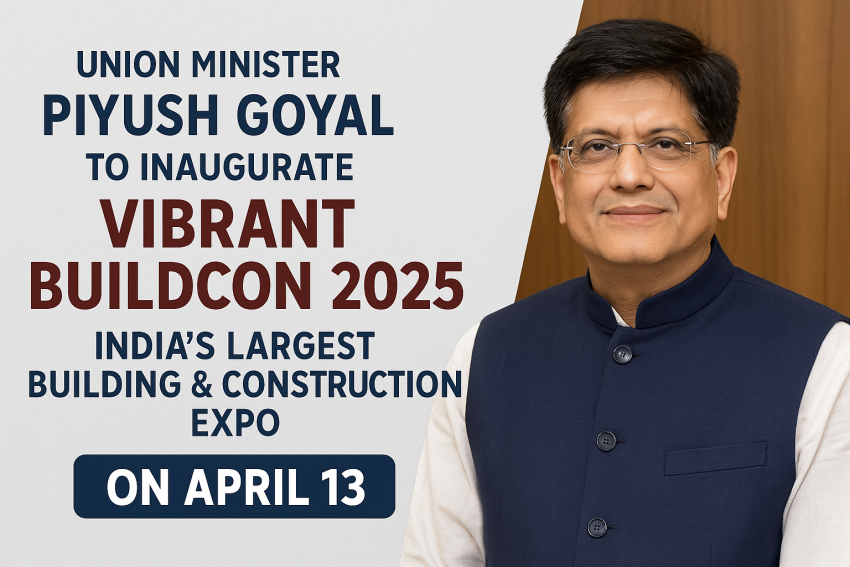Balancing Act: India’s Budget Explained
Introduction
The Union Budget is India’s annual financial statement, outlining the government's revenue and expenditure plans. It serves as a roadmap for economic growth, balancing fiscal prudence with development priorities. The Budget for FY 2024-25 focuses on infrastructure, MSMEs, credit support, urban development, and capital expenditure (Capex) to drive economic resilience and growth.
Key Budget Numbers
Total Budget Size: ₹47.6 lakh crore
Fiscal Deficit Target: 5.9% of GDP
Nominal GDP Growth Projection: 10.5%
Capex Outlay: ₹11.11 lakh crore (up 33% YoY)
Revenue Expenditure: ₹35.4 lakh crore
Tax Revenue Target: ₹26.2 lakh crore
Disinvestment Target: ₹50,000 crore
Debt-to-GDP Ratio: 57.2%
Infrastructure Boost: Capex at the Core
Capital expenditure (Capex) remains a key growth driver, with an allocation of ₹11.11 lakh crore, nearly 3.3% of GDP. The focus is on enhancing connectivity and productivity across sectors:
Railways: ₹2.4 lakh crore for modernization, new corridors, and bullet train projects.
Highways & Roads: ₹2.7 lakh crore for expressways, rural roads, and highway expansions.
Aviation: ₹20,000 crore for new airports, regional connectivity, and Air India privatization support.
Ports & Waterways: ₹10,000 crore to boost inland water transport and port modernization.
MSME Sector: Strengthening the Backbone of the Economy
Micro, Small, and Medium Enterprises (MSMEs) employ nearly 11 crore people and contribute 30% to GDP. The Budget introduces key support measures:
Credit Guarantee Scheme Expansion: ₹9,000 crore infused to facilitate ₹2 lakh crore in collateral-free credit.
Subsidized Interest Rates: Credit lines with a 1% interest rate reduction for MSMEs.
Tax Incentives: Extension of presumptive taxation benefits to businesses with turnover up to ₹3 crore.
Ease of Doing Business: Simplified GST compliance and faster processing of dues to MSMEs.
Credit Support & Financial Sector Reforms
A well-functioning credit ecosystem is crucial for sustained economic growth. The Budget addresses this through:
Banking Sector Reforms: ₹50,000 crore earmarked for recapitalization of Public Sector Banks (PSBs).
NBFCs & FinTech Support: Policy frameworks to enhance lending to MSMEs and rural entrepreneurs.
Credit Growth Target: Aiming for 15% annual growth in credit to priority sectors.
Sovereign Green Bonds: ₹20,000 crore for financing sustainable projects.
Urban Infrastructure: Smart Cities and Housing
With rapid urbanization, India needs better infrastructure to accommodate growing populations. The Budget includes:
Smart Cities Mission Expansion: ₹50,000 crore for tech-driven urban planning and better amenities.
PM Awas Yojana (Urban): ₹80,000 crore to build 80 lakh new affordable houses.
Metro & Public Transport: ₹30,000 crore for new metro lines and electric buses in major cities.
Swachh Bharat 2.0: ₹12,000 crore for waste management, clean water, and sanitation in cities.
Rural Development and Agri-Infrastructure
PM-KISAN Scheme: ₹75,000 crore for direct income support to 12 crore farmers.
Irrigation & Rural Roads: ₹1.2 lakh crore under PM Gram Sadak Yojana & irrigation projects.
Digital Agriculture: ₹3,000 crore for AI-driven agri-tech startups and data analytics.
Green Growth & Energy Transition
Renewable Energy Investments: ₹35,000 crore for solar, wind, and hydrogen energy projects.
Electric Vehicle (EV) Push: ₹10,000 crore in subsidies and charging infrastructure.
Coal Gasification & Nuclear Energy: ₹15,000 crore for cleaner alternatives.
Social Welfare & Employment Generation
MGNREGA: ₹60,000 crore for rural employment.
Skill India 2.0: ₹5,000 crore for vocational training programs.
Healthcare: ₹90,000 crore for Ayushman Bharat and new medical colleges.
Education: ₹1.12 lakh crore for digital classrooms and research funding.











